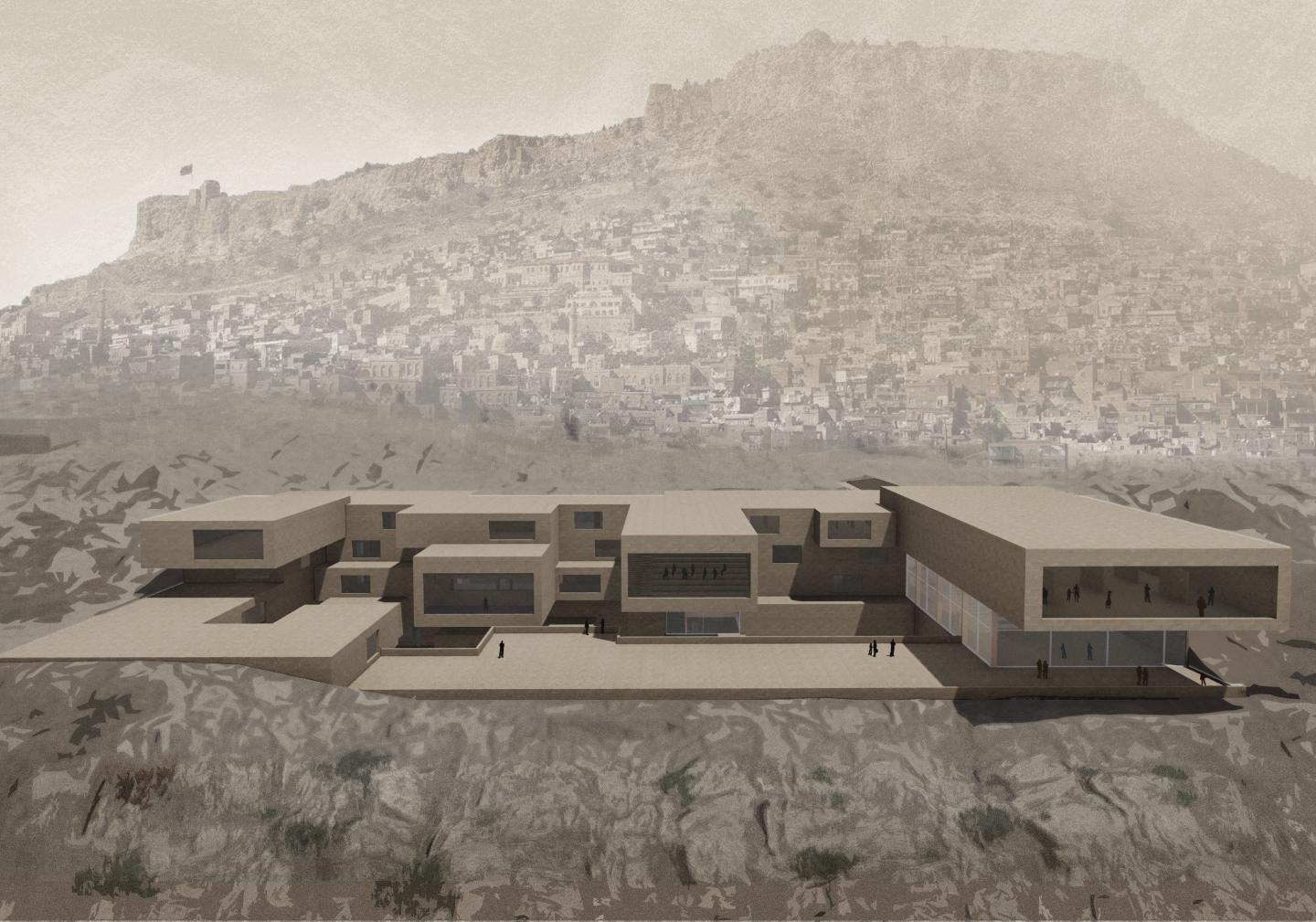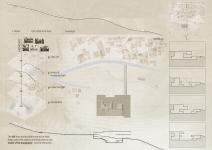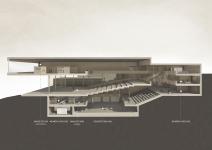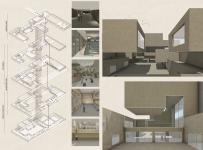MEMENTO - the memory worth remembering
Cultural identity has been transferred to next generations through the people of the region. Considering today’s globalization, migrations, industrialization and digitalization cultural heritage is destined to perish since there will be no heritor living in the context of the culture. As a part of the intangible cultural heritage, oral culture is facing a higher risk of disappearing since there will be no solid evidence behind to remind people the past. When the last holder of a story is gone, the story will be gone as well as it was never existed.
Policies and methods implemented by states and UNESCO only cover selected cultural assets that are deemed 'unique' and 'precious'. The transfer of intangible cultural heritage that are out of this scope, such as traditions, values, ideology and religion is up to the individuals of the society.
If we rank the risk of extinction of intangible cultural assets, values such as handicrafts, clothing, and traditional architectural practices are not under as vital risk as traditions, values, ideology and religions. Because even if these values disappear, results of the practices remain as tangible products such as paintings, jewelry and costumes and it is possible to follow the ‘knowledge of the practice’. On the contrary, it is the ugly truth that intangible cultural assets such as rituals, traditions, kids games and stories, which are transferred with the knowledge of the memory, will be lost as if they never existed unless they are transferred through the people.
While the city of Mardin, located in the east of Turkey, is an important cultural asset region that has hosted many civilizations and cultures that have lived until today, the atrophy of traditional life over the years due to factors such as tourism and migration has led to the inability to provide cultural transmission.
At this point, the data on the intangible cultural values of the old Mardin, including the 'knowledge of the memory', will be collected in a community-based data pool considering the risk that the people who experienced this culture will die over the years.
The data pool will contain the information collected directly from the local people in Mardin and will consist of data collected using multi-sensor technologies as well as traditional methods. It contains data on the verbal culture accumulation in the memory of individuals and the emotional state of the individuals during the expression of this accumulation. Since culture is a phenomenon that is passed through generations and adopted by the transferred generation, it will not be enough just to collect data. For this reason, data pool – Memory Cloud – aims to transfer the cultural memory accumulation, which cannot be transferred if the experience does not continue, to the next generations by integrating with the feedback spaces.
Despite all this, archiving and transferring this accumulation will be meaningless unless the people adopt and defend their own culture. In order for the public to have a say on their own culture, to be included in the decision-making mechanisms and to gain social awareness, the participants will act as advocants of their own culture by uniting on their common denominator, cultural accumulation.
In this context, the program was prepared in parallel with the route followed by the data in the space. As the bearer of culture, locals are in the position of data provider. The first stop of the data about the memory in the space is the narrative spaces. The data received by multi-sensor technologies, recorders and experts, will be sent to the ‘Generator Hub’ to be processed and analyzed, and then will be transmitted to the ‘Memory Cloud’. Other than the data storage spaces, for participants who want to access information about oral cultural heritage, sharing spaces and exhibition areas that invites the participants to arouse feelings on specific cultural items by visualizing the data collected on feeling with elements such as sound, light and color, is created. In addition to this setup, Manifestum, works separate from other program elements and includes spaces through cultural advocacy.
2022
The design approach aims to honor the existing urban texture by creating a new threshold with the topography in relation to the existing built environment. It does not interrupt the vista and still have full view to it. Design itself is an interpretation of the topography, a mass that does not make its presence felt from the upper level until you enter inside. Dimensions are referring to region’s vernacular scale and mass is created by carving out the topography and giving it a new face.
Location: Mardin/Turkey
Designer: Elif Avcı
Instructors: Assoc. Prof. Dr. Ebru Yılmaz, Assoc. Prof. Dr. Ülkü İnceköse
Favorited 2 times









